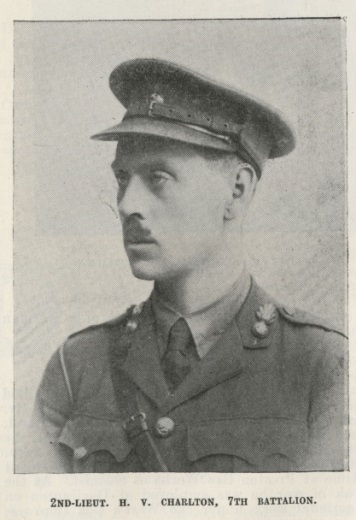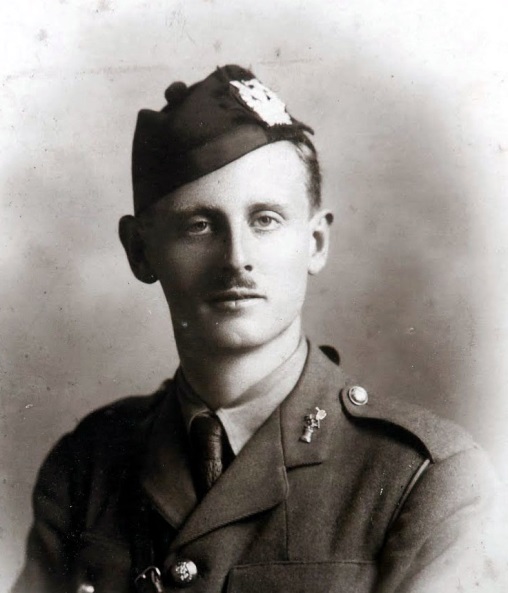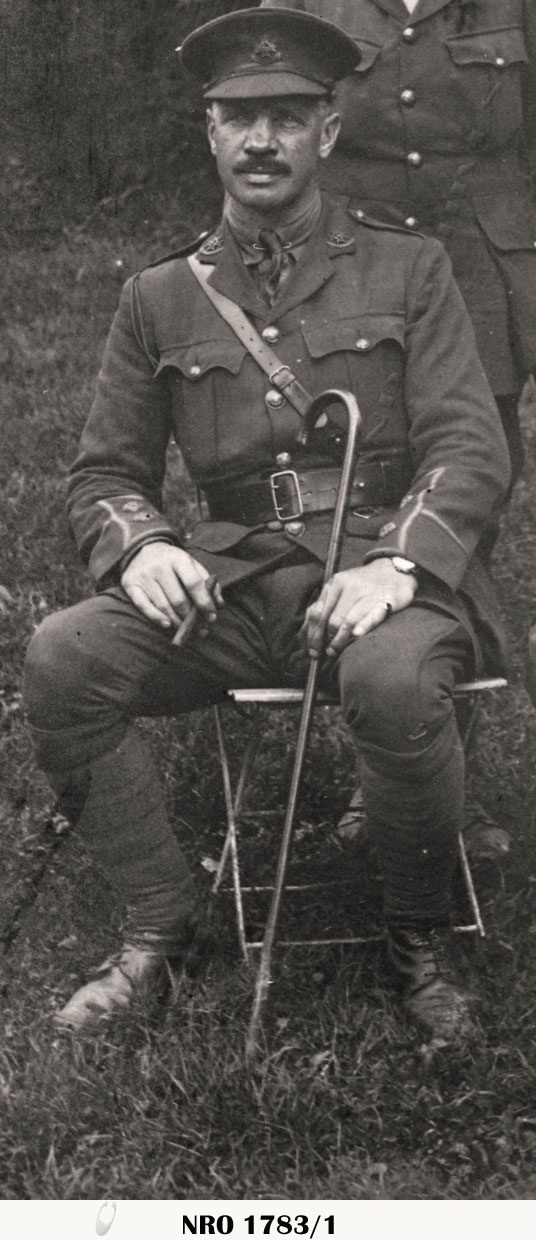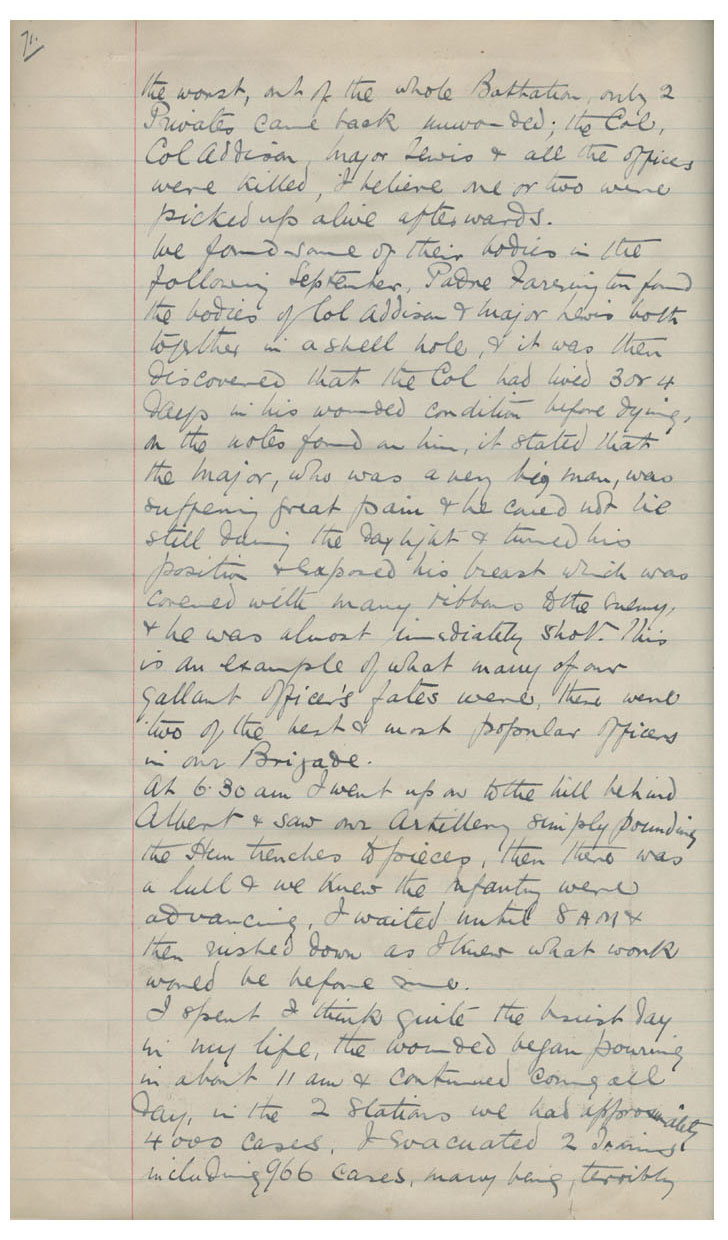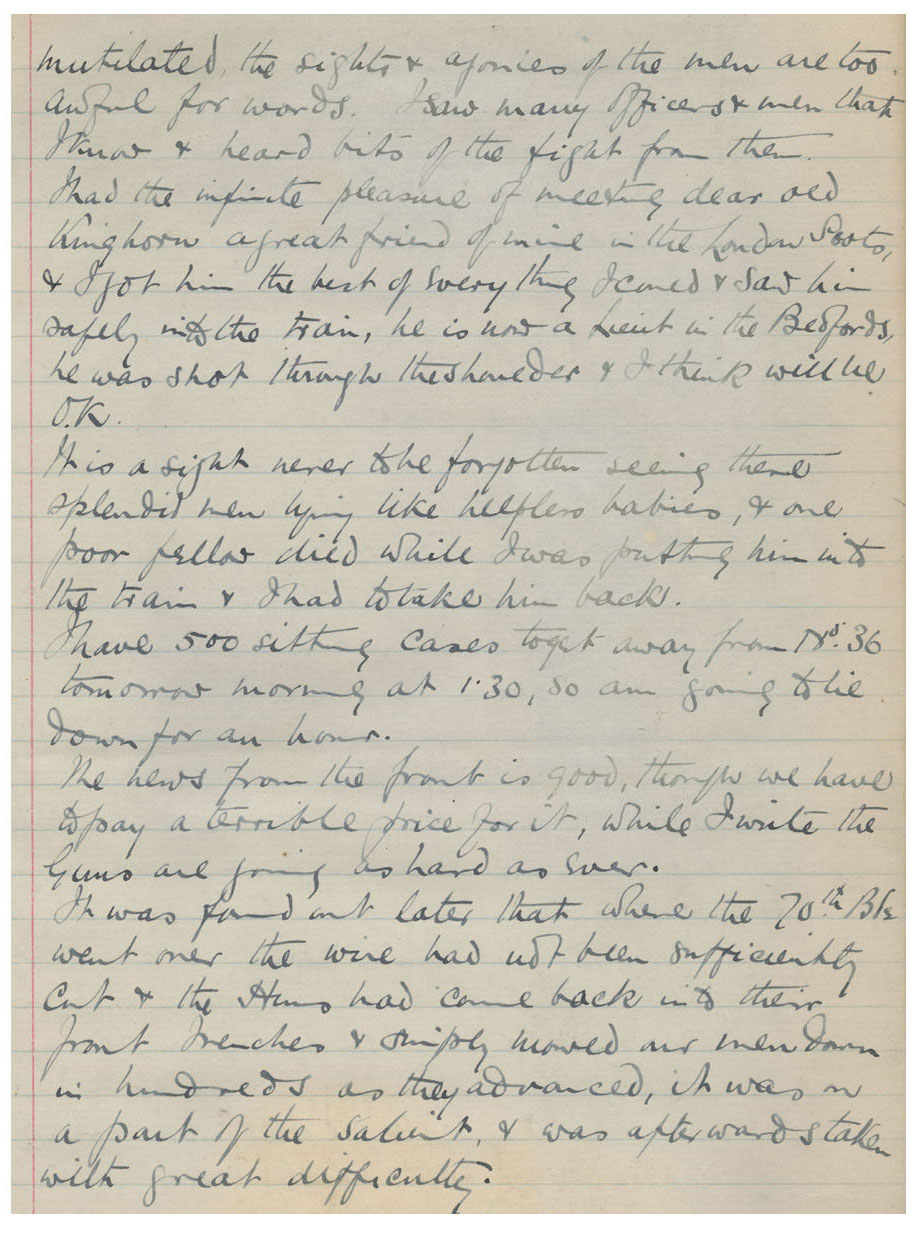Private Walter Etheridge, 16th Northumberland Fusiliers.
Walter was born in Stokesby, Great Yarmouth, Norfolk in 1883. He was one of ten children born to Ben and Ellen Etheridge. Ben was a Shoe Repairer by profession.
On the 1901 census Walter and his elder brother Ben, were living in lodgings in Choppington, Northumberland with the Minshall family. Both Walter and Ben were working below ground at Choppington Colliery.
In 1903 Walter married Phyllis Blanche Howard who had also had come from Norfolk. They moved to Ashington, where in 1911 they were living at 10 Poplar Street. They had 3 children, Walter John 5 years, Cyril 3 years and Gladys 1 year.
After Walter’s death Phyllis Blanche Etheridge, never remarried and died on 26 February, aged 75 years still living in Ashington, Northumberland.
Walter enlisted 7th December 1914, with his brother in law Albert Gardner. Albert had married Walter’s sister, Lily Etheridge.

On the eve of the Battle of the Somme the Battalion moved off in platoons from Knights Redoubt to the trenches via Martinsart, Aveluy Wood and Black Horse Bridge. Their movement was slow as the roads were crowed with troops, guns, ammunition columns. For miles the route to the trenches was just one mass of men, horses and vehicles. As they got closer to the trenches the toll of human life began and the battalion took many casualties before they even reached their battle position where they were to relieve the 2nd Battalion Inniskillings at 0230hours.
Walter and Albert’s were in No 5 Platoon, ‘B’ Company, which was chosen to lead the attack from Hamilton Avenue to Maison Brise Sap. Zero hour was 0730hours and for five hours the battalion stood too, crowded in their trenches. At zero hour the leading waves scrambled over the top of the parapet and the men were picked off by accurate German rifle and machine gun fire. Walter’s commanding officer was killed immediately and Walter possibly not long after him.
‘B’ Company was Commanded by Captain P. G. Graham and Sergeant G. Robertson and both of these were killed on 1st July along with Walter and Albert as well as 16 of their comrades. Of the 42 Other Ranks of No. 5 Platoon, ‘B’ Company that took part in the first day of the battle 31of the men were wounded or killed.
Did Walter and Albert die side by side that day?
However, unlike his brother in law, Walter’s body must never have been found as he has no known grave and is remembered on the Thiepval Memorial. Pier and Face 10B 11B and 12B.
Private Albert William Gardner, 16th Nothumberland Fusiliers.
Born in 1883, in Northampton. The 1901 census, has Albert living as a boarder at 22 Ebenezer Tenancy, Gilbert Road, Erith, South London, with the Holmes family, he was working as a Labourer. He married Lily May Etheridge in 1906 in Wiltshire. Sometime after this they move to Ashington.
On 1911 census, they are living with their new baby son at 41half Hawthorn Terrace. Ashington, Northumberland. Lily’s brother Alfred Etheridge, is also living with them. Both men are working as Stonemen underground at the local colliery.
Albert enlisted December 1914 in Newcastle with his brother in law Walter Etheridge. Albert had married Walter’s sister Lily. Both were attached to the ‘B’ Company No. 5 Platoon, 16th Battalion Northumberland Fusiliers. He was one of the many killed on 1st July 1916 his headstone reads “Thy will be done”
The battalion formed in later 1914 and went to Alnwick Camp in December 1914 for training. On arrival in Alnwick they were welcomed by the band of 4th Battalion Northumberland Fusiliers “Who played us down the hill to the Lion Bridge and up the hill to the camp”. In camp the Battalion had regular hours of exercise and training as well as good rations and invigorating fresh air which resulted in most of the men putting on weight. Their khaki uniforms arrived in the New Year along with harder training and longer route marches together with tactical manoeuvres.
The Battalion’s stay in Alnwick was abruptly ended and they board special trains to take them to Cramlington at only a few hours, notice. They were under the impression that they were sent there in case of the enemy landing on the North East Coast. They were marched out of Alnwick Camp by the pipes and drums.
The move to Cramlington was done in three stages. The first consisted of the Headquarters staff together with “A” and “B” Companies who were very smart and soldierly, then by “C” and “D” Companies who were less smart and soldierly as they were loaded down with extra rifles, boxes of ammunition, picks, shovels and other equipment and then finally the Clearing-up party. Their first night in Cramlington was spent in the open as they did not have time to erect their tents. It rained all night!
After spells at Catterick Bridge and Codford St Mary Camps the Battalion left for France on 20 November 1915, bound for Folkestone and the ‘Glorious Adventure Beyond’.
On the eve of the Battle of the Somme the Battalion moved off in platoons from Knights Redoubt to the trenches via Martinsart, Aveluy Wood and Black Horse Bridge. Their movement was slow as the roads were crowed with troops, guns, ammunition columns. For miles the route to the trenches was just one mass of men, horses and vehicles. As they got closer to the trenches the toll of human life began and the battalion took many casualties before they even reached their battle position where they were to relieve the 2nd Battalion Inniskillings at 0230hours.
Albert’s company was chosen to lead the attack from Hamilton Avenue to Maison Brise Sap. Zero hour was 0730hours and for five hours the battalion stood too, crowded in their trenches. At zero hour the leading waves scrambled over the top of the parapet and the men were picked off by accurate German rifle and machine gun fire. Albert’s commanding officer was killed immediately and Albert possibly not long after him.
‘B’ Company was Commanded by Captain P. G. Graham and Sergeant G. Robertson and both of these were killed on 1st July along with Albert, Walter his brother in law and 16 of his comrades. Of the 42 Other Ranks of No. 5 Platoon ‘B’ Company, that took part in the first day of the battle 31of the men were wounded or killed.
Albert is buried at Serre Road Cemetery No 1.


